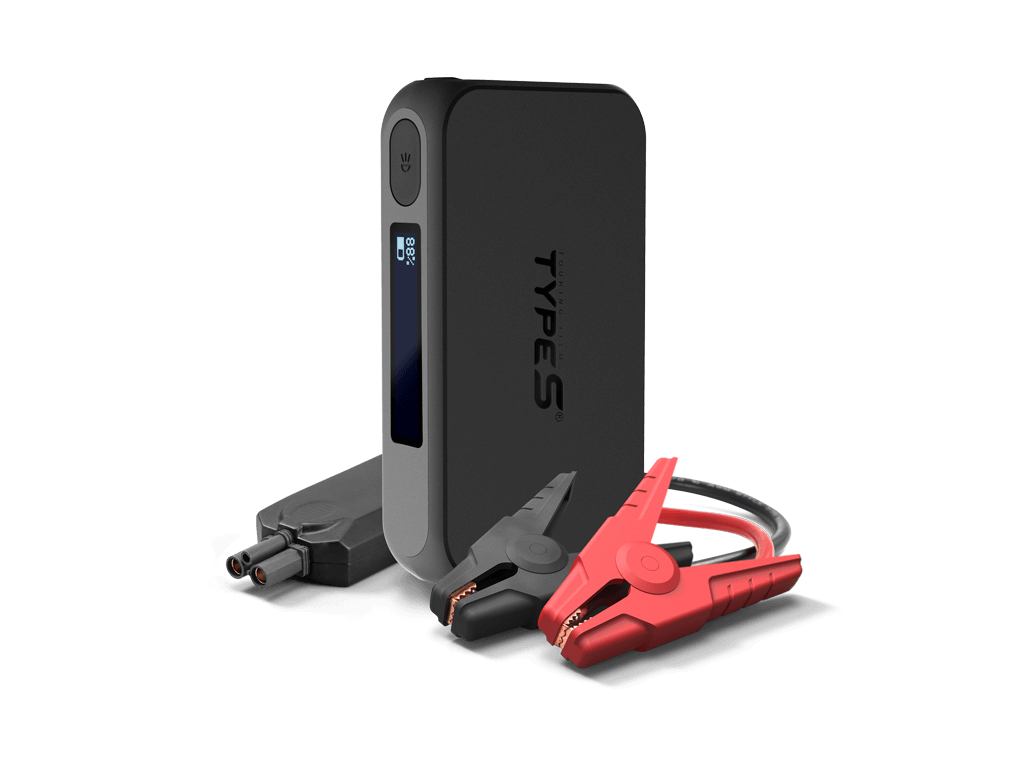
The affiliate business model is related to the advertising business model but has some specific differences. Advertising business model examplesĬBS, The New York Times, YouTube 2.
#STATUSFY CAR STARTINGS FOR FREE#
Your readers may or may not be paying you, but your advertisers certainly are.Īn advertising business model is sometimes combined with a crowdsourcing model where you get your content for free from users instead of paying content creators to develop content. In an advertising business model, you have to satisfy two customer groups: your readers or viewers, and your advertisers. The fundamentals of the model revolve around creating content that people want to read or watch and then displaying advertising to your readers or viewers. The advertising business model has been around a long time and has become more sophisticated as the world has transitioned from print to online. Here’s a list of business model examples you can use to start your own business. In fact, the vast majority of businesses use existing business models and refine them to find a competitive edge. You don’t have to invent an entirely new business model to start a business. For example, restaurants mostly operate on a standard business model but focus their strategy by targeting different kinds of customers. Instead, you could take an existing business model and offer it to different customers. Keep in mind, though, that you don’t have to come up with a new business model to have an effective strategy. Or, maybe you can figure out an innovative way for customers to pay. Or, perhaps you can find more effective methods of marketing and sales. Maybe you can lower costs during design and manufacturing. New business models can refine and improve any of the three components mentioned above.

How do you know if your business model will be successful?Ī successful business model just needs to collect more money from customers than it costs to make the product. This includes things like your target market, your value proposition, sales and marketing activities, etc. It brings together everything defined in the opportunity and strategy sections of your business plan. How and what the customer pays: pricing strategy, payment methods, payment timing, and so on.Īs you can see, a business model is simply an exploration of what costs and expenses you have and how much you can charge for your product or service.Everything it takes to sell that thing: marketing, distribution, delivering a service, and processing the sale.Everything it takes to make something: design, raw materials, manufacturing, labor, and so on.In its simplest form, a business model can be broken down into three parts:

What are the key components of a business model? For established businesses, it serves as the basis for developing financial forecasts, setting milestones, and setting a baseline for reviewing your business plan.

For those just starting out, exploring potential business models can help you determine if your business idea is viable, attract investors and guide your overall management strategy. The business model lets entrepreneurs experiment, test, and model different ways to structure costs and revenue streams. This includes descriptions of the products or services you plan to sell, who your target market is, and any required expenses. It’s an explanation of how you deliver value to your customers at an appropriate cost. What is a business model?Ī business model is the plan your business has for making money. This is where your business model comes into play. The other key ingredient is figuring out how you’re going to make money. Customers need to want what you are selling and your product needs to solve a real problem.īut, ensuring that your product fits the needs of the market is only one part of starting a successful business. Understanding the problem you are solving for your customers is undoubtedly the biggest challenge you’ll face when you’re starting a business.


 0 kommentar(er)
0 kommentar(er)
